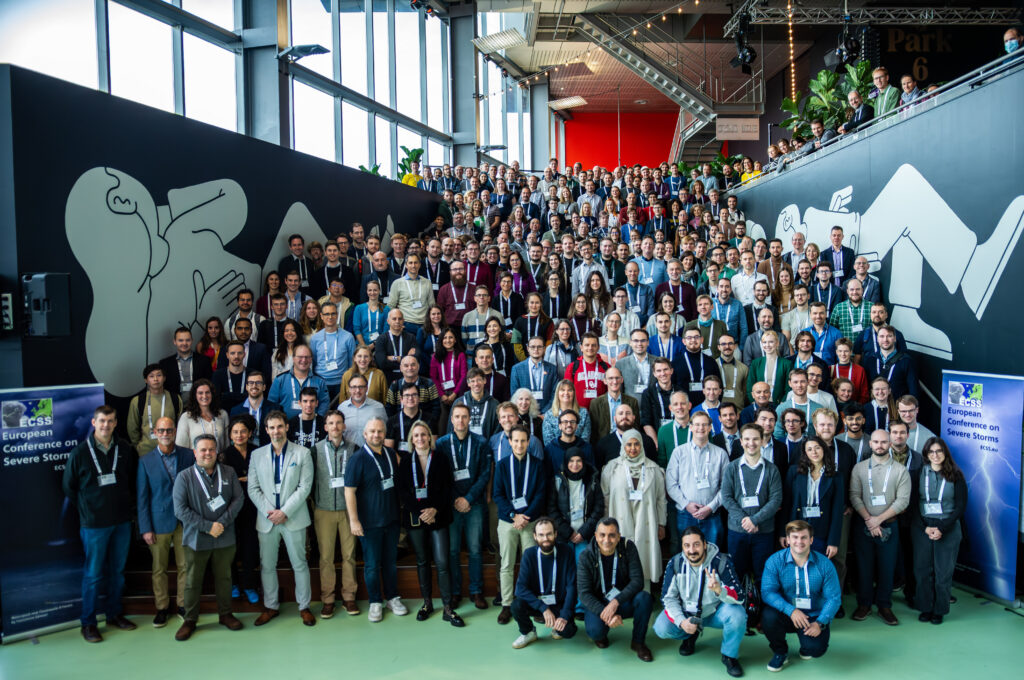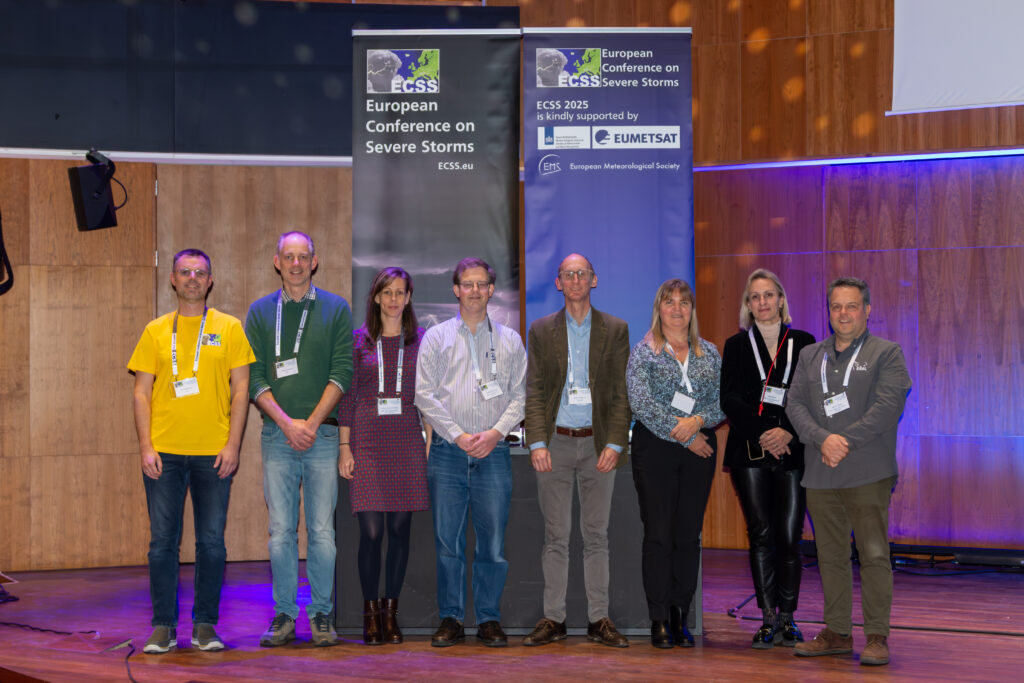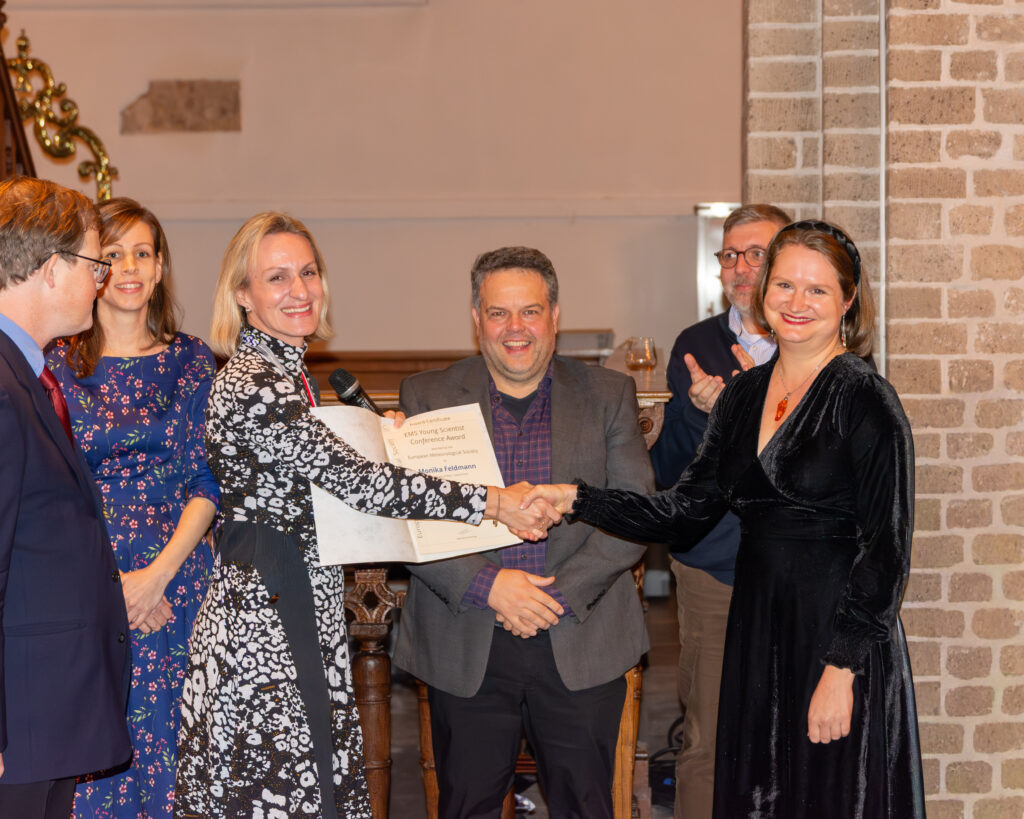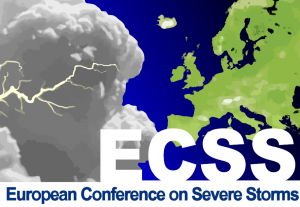In 2024, a record number of 9 institutional supporting members joined ESSL, probably as an indirect consequence of the exceptional hailstorm damage that occurred in Europe in 2023. The Italian regional environmental protection agency ARPA-Emilia Romagna joined ESSL as a full member. The new memberships provided ESSL with additional financial means to help fulfil its goals of advancing scientific understanding, building human capacity, and fostering cooperation within severe storm science across Europe.
Indeed, several important efforts were started or continued in 2024, most prominently the preparations for the large field campaign Thunderstorm Intensification from Mountains to plains, or TIM, which involved a large amount of coordination and exploratory work with potentially interested parties, and the authoring of a whitepaper to scientifically underpin the motivation for the campaign. In addition, we started developing a new implementation of the European Severe Weather Database, which would become operational in the third quarter of 2025. A third major investment was in the development of a new component of the ESSL Weather Data Displayer that would show Doppler radar data from European radars. At a course in December 2024, it would be used for the first time. Furthermore, a separate legal entity ESSL Services GmbH was founded to carry out services for ESSL members and others, such as developing hazard models or providing access to ESSL’s Weather Data Displayer.
Weatherwise, 2024’s most impactful events were related to heavy rainfall. The most prominent event by a large margin was the tragedy that unfolded near Valencia in eastern Spain on 29 October, where, sadly, a total number of 219 fatalities occurred as a result of a storm system that remained quasi-stationary over the region for many hours. In addition to this event, severe autumnal floods with more than a dozen fatalities also occurred in Morocco and in Bosnia-Hercegovina. The western Balkans also were the hot spot of large hail occurrence in 2024, although the total impact of hailstorms was considerably lower than in 2023, because hailstones of exceptional size were considerably rarer. The number of requests for ESWD data by non-members stayed at approximately the same, high, level as in 2023. An overview of severe weather is given in Chapter 1. This Annual Report also gives an update on the various research projects that ESSL scientists were working on, the largest of which were CHECC, PreCAST, and the collaborative projects with ECMWF. These projects resulted in significant advancements in forecasting severe weather in the medium range, where considerable predictability of hailstorms was noted to extend to 10 days in advance. Furthermore, projections of the future hailstorm climate based on the CMIP6-generation of climate models were obtained.
The full report is available here.






